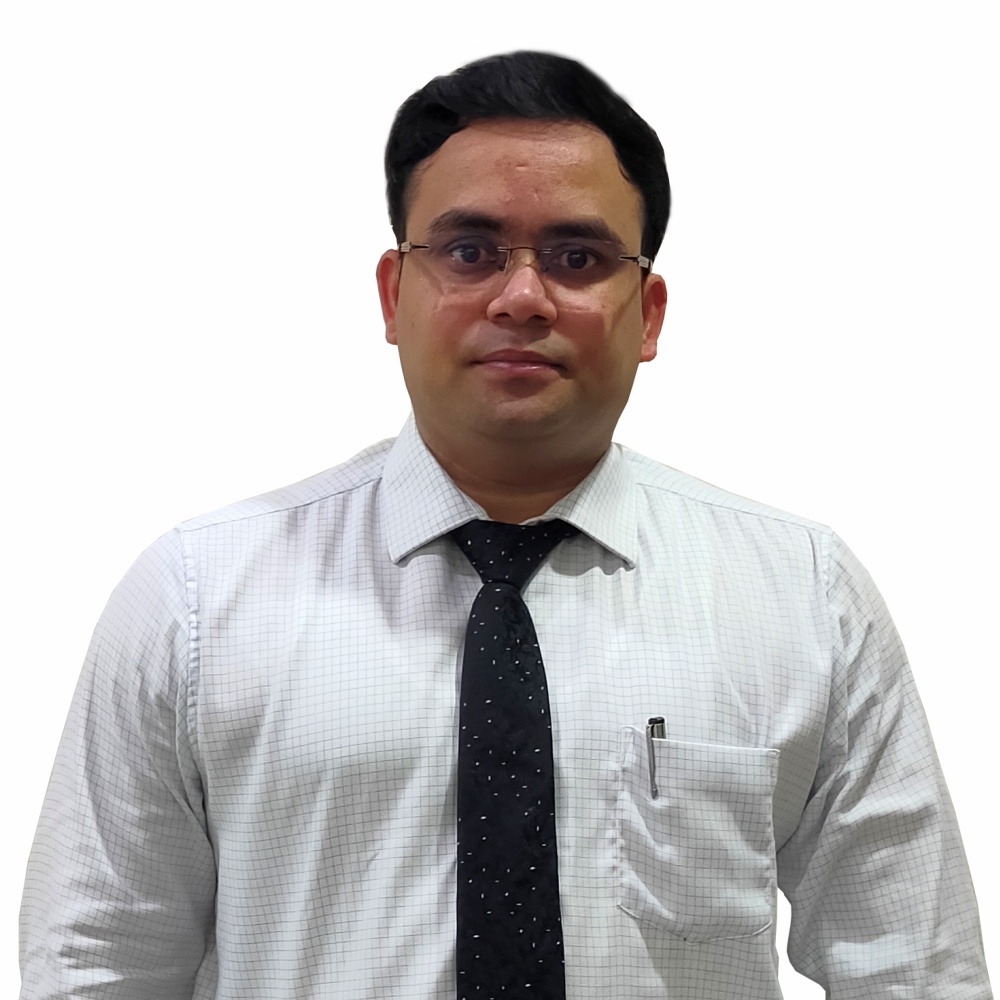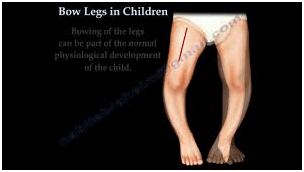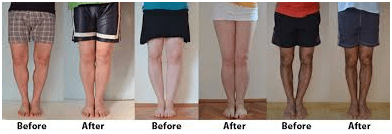
Dr. Bharat S Mody Read More.
MS(Orth), MCh (Orth) (Liverpool)
ODTS (RCSE) (London)
AO Fellow (Harvard Univ.) (U.S.A.)
Director & Chief Arthroplasty Surgeon
Dr. Mody is the founder of the hospital. He is also the Head of the Department of Orthopaedics. He is a world renowned orthopaedic surgeon with specialization in Hip, Knee, Arthroscopic surgeries.His team comprises other highly experienced orthopaedic surgeons who are capable of tackling all other aspects of Orthopaedics.Dr. Mody has to his personal credit, an experience of having performed more than 40,000 orthopaedic operations.

Dr. Vinod Dubey
MBBS(Mumbai), DNB(ORTHOPAEDIC)(Bangalore),
PDF(Paediatric Ortho) CMC, Vellore
Former Consultant Jupiter Hospital & GAIT LAB (Mumbai)
(Consultant Paediatric Orthopaedic Surgeon at Welcare Hospital)
Dr. Vinod Dubey is a Paediatric Orthopaedic Surgeon from Bombay. He completed his postgraduate training in Banglore and senior residency (SR) from Andhra Pradesh. He then finished his post Doctoral Fellowship training for 2 years in Paediatric Orthopaedic Surgery from the prestigious Christian Medical College (CMC) and Hospital in Vellore which is an institution of national and international repute.
Dr Dubey specialises in treating children and his services include everything from antenatal counselling to child care up to 18 years of age.
His expertise lies in treating children with Cerebral Palsy, deformity corrections, paediatric fractures, congenital anomalies, paediatric tumours (Benign/Malignant), Developmental Dysplasia of Hip, Perthes Diseases, CTEV (Clubfoot), syndromic anomalies, Osteogenesis Imperfecta, bone and joint infection, etc.
Apart from clinical work he has also been involved in teaching UG/PG students along with extensive research in the field of Paediatric Orthopaedics.
What Is Pediatric Orthopaedics?
Pediatric orthopaedics is to properly evaluate and treat musculoskeletal (bone, joint, or muscle) problems in a child who is still growing. This includes newborn babies through teenagers.
A child’s musculoskeletal problems are different from those of an adult. Because children are still growing, the body’s response to injuries, infections, and deformities may be quite different than what would be seen in a full-grown person.
Children are not just small adults. They cannot always say what is bothering them, or answer medical questions, or be patient and cooperative during a medical examination. Pediatric orthopaedic surgeons know how to examine and treat children in a way to help them be relaxed and cooperative.
Clubfoot.
Clubfoot is a deformity in which an infant’s foot is turned inward, often so severely that the bottom of the foot faces sideways or even upward. Approximately one infant in every 1,000 live births will have clubfoot, making it one of the more common congenital (present at birth) foot deformities.
Treatment
The goal of treatment is to obtain a functional, pain-free foot that enables standing and walking with the sole of the foot flat on the ground.
Nonsurgical Treatment
The initial treatment of clubfoot is nonsurgical, regardless of how severe the deformity is.
Ponseti method. The most widely used technique in North America and throughout the world is the Ponseti method, which uses gentle stretching and casting to gradually correct the deformity.
Surgical Treatment
Although many cases of clubfoot are successfully corrected with nonsurgical methods, sometimes the deformity cannot be fully corrected or it returns, often because parents have difficulty following the treatment program. In addition, some infants have very severe deformities that do not respond to stretching. When this happens, surgery may be needed to adjust the tendons, ligaments, and joints in the foot and ankle.
Outcomes
Your baby’s clubfoot will not get better on its own. With treatment, your child should have a nearly normal foot, and he or she can run and play and wear normal shoes.
Bowed Legs
Bowed legs, also known as genu varum, are a common condition occurring in infants and toddlers.
In most cases, bowed legs are caused by the baby’s position while his or her mother was pregnant.
Bowleggedness is a condition that is very common in toddlers. Adolescents occasionally have bowed legs and in many of these cases, the child is significantly overweight.
How are bowed legs treated?
Generally, bowed legs don’t require any special shoes or braces. The bowing should improve as the child grows, typically from 15 to 18 months until 2 years of age.
If there is an alignment concern that continues through the ages of 7 or 8, a pediatric orthopedic provider should be consulted to determine whether there is a need for treatment.






